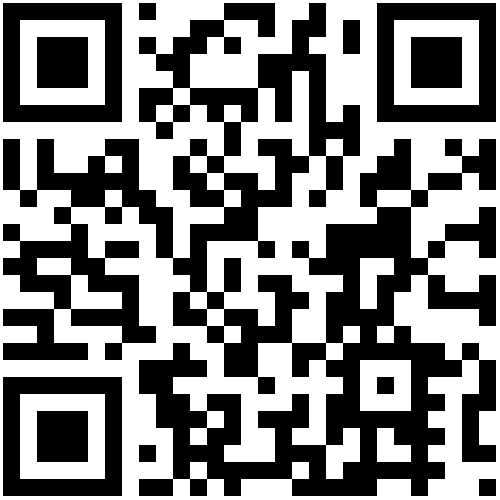To assist you in choosing the appropriate bearing type, Japanese Axis Research Precision ZNY provides the following guidelines.
-
Radial Load on Bearings
Bearings primarily designed to withstand radial loads are known as radial bearings. These bearings have a nominal contact angle a0 <= 45°. Roller bearings with the same dimensions can typically withstand larger radial loads compared to ball bearings.
N-type and NU-type cylindrical roller bearings can only withstand radial loads, while other types of radial bearings can handle both radial and axial loads.
-
Axial Load on Bearings
Bearings designed to primarily handle axial loads are generally referred to as thrust bearings. They have a nominal contact angle a0 > 45°. Depending on their structure, thrust bearings and thrust angular contact ball bearings can withstand axial forces in one or both directions. When dealing with exceptionally high axial loads, it is advisable to use thrust cylindrical roller bearings and thrust self-aligning roller bearings.
Thrust self-aligning roller bearings and single-direction thrust angular contact ball bearings can simultaneously handle axial and radial loads, whereas other thrust bearings are designed primarily for axial loads.
-
Bearing Length Compensation
In applications involving a shaft and bearings, a combination of fixed and movable bearings is often used to compensate for variations in shaft length and thermal expansion.
NU-type and N-type cylindrical roller bearings are ideal for use as movable bearings as they can compensate for length variations. The inner and outer rings of these bearings can be tightly fitted.
Sliding fits can also provide length compensation. Non-separable bearings (such as deep groove ball bearings and self-aligning roller bearings) can be used as movable bearings. In such cases, one of the bearing rings is fitted with a clearance, allowing it to move on its supporting surface.
-
Separable Bearings (Precision)
Separable bearings are those in which the two rings can be separated for ease of installation. They offer significant advantages when both rings are tightly fitted.
Types of separable bearings include four-point contact ball bearings, double-row angular contact ball bearings with two half-inner rings, cylindrical roller bearings, tapered roller bearings, thrust ball bearings, thrust cylindrical roller bearings, and thrust self-aligning roller bearings.
Let's also briefly mention a non-separable bearing type: non-separable bearings include deep groove ball bearings, single-row angular contact ball bearings, self-aligning ball bearings, barrel-shaped roller bearings, and self-aligning roller bearings.
Precision: In most cases, standard-size and rotational precision rolling bearings are sufficient. However, when higher precision is required (e.g., for machine tool spindle bearings), bearings with higher precision levels are necessary.
-
Compensation for Misalignment
Misalignment can occur when machining the shaft neck or bearing seat mating surfaces, especially if the machining of mating surfaces is not completed in a single setup. Misalignment can also occur when using bearing seats, such as flange bearing seats or vertical bearing seats. Additionally, misalignment may occur when working loads cause shaft bending, leading to misalignment of the inner and outer rings of the bearing.

